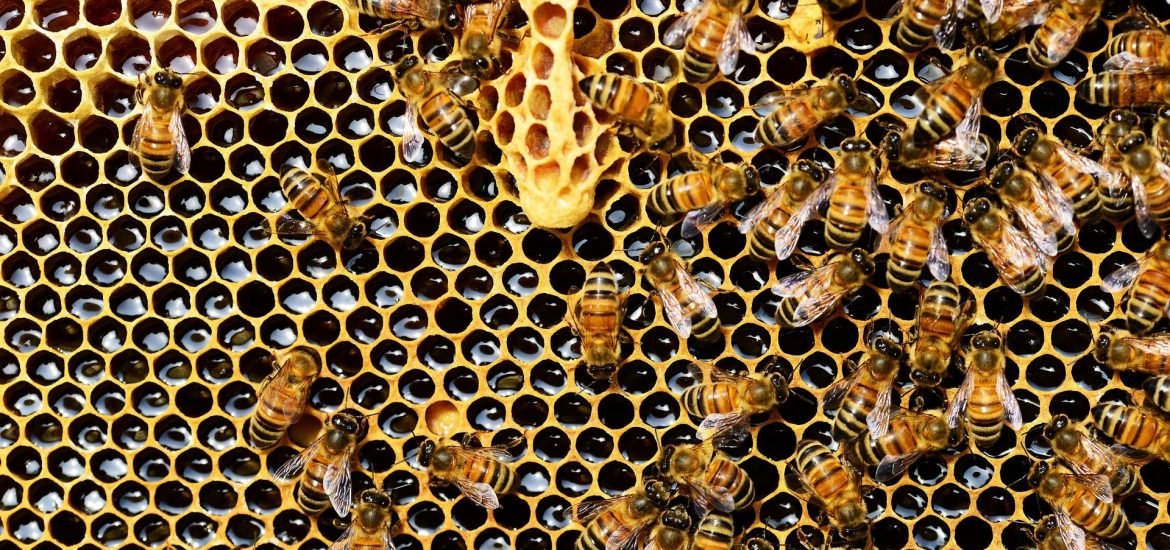
Amateur beekeeping in urban and protected areas is harming populations of wild bees, according to University of Cambridge researchers.
Published on Friday in the journal Science, the study cautioned that the rising popularity of beekeeping is threatening endangered species of wild European bees. Co-authors Dr. Juan P. González-Varo and Jonas Geldmann, both of Cambridge’s Department of Zoology, warned that domesticated honeybees compete with wild bees for resources and can spread disease.
“Levels of wild pollinators, such as species of solitary bumblebee, moth and hoverfly, continue to decline at an alarming rate,” Geldmann said. “Currently, up to 50% of all European bee species are threatened with extinction.” The great yellow bumblebee, for example, used to be found across the UK. Over the last 50 years, it has lost 80% of its range and is now found only in coastal areas of Scotland.
Part of the problem is “spillover” of farmed honeybees into their surroundings. “Honeybees are artificially-bred agricultural animals similar to livestock such as pigs and cows,” according to González-Varo. “Except this livestock can roam beyond any enclosures to disrupt local ecosystems.” Honeybees travel up to 10 kilometers from their hives and are active for nine to 12 months. However, major flowering crops such as fruits only bloom for a period of days to weeks.
This can lead to increased competition and disease. The study showed that honeybee levels in woodlands in southern Spain are eight times higher after orange trees finish blooming. “Keeping honeybees is an extractive activity,” said González-Varo. “It removes pollen and nectar from the environment, which are natural resources needed by many wild species of bee and other pollinators.”
Moreover, overcrowding and homogenous diets in commercial hives have weakened bee immune systems and increased pathogen rates. Diseases that domesticated bees develop are then transferred to wild species when they feed from the same flowers.
The researchers also noted that “misguided charity campaigns and media reports” have distorted public understanding of “die-off” events occurring in farmed honeybee colonies. As a result, they say there is a “lack of distinction” between an agricultural problem and an ecological one. “Beekeeping is an agrarian activity that should not be confused with wildlife conservation,” said Geldmann and González-Varo.
To mitigate potential problems of managed honeybees, the authors recommend developing policies to limit their impact. This includes putting limits on hive size, strengthening controls on hives in protected areas, and moving colonies to track the bloom for different crops.
They also encouraged additional research on the topic. “The past decade has seen an explosion in research on honeybee loss and the dangers posed to crops,” said Geldmann. “Yet little research has been done to understand wild native pollinator declines, including the potential negative role of managed honeybees.”